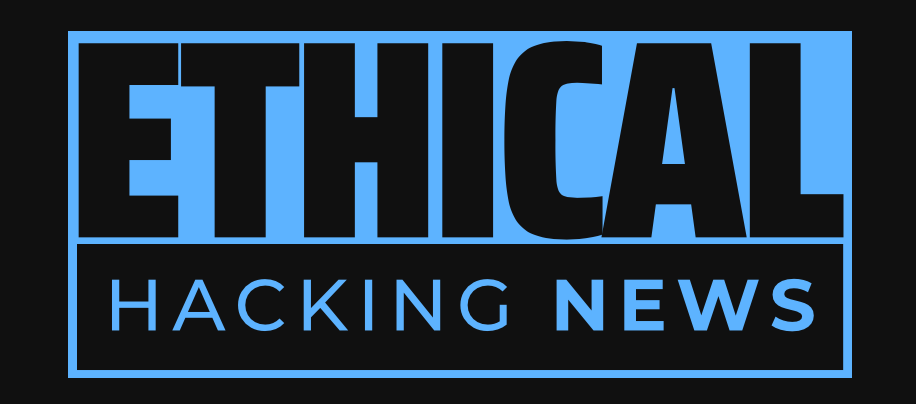Ethical Hacking News
Microsoft has released a patch for commercial customers who believed they were enrolled in the Extended Security Updates (ESU) program but received error messages on the first Patch Tuesday after support ended. The patch aims to provide clarity on what needs to be done to keep devices secure, but its release comes at a time when many admins are still trying to navigate the complexities of the ESU program.
The Microsoft has released a patch (KB5072653) for devices already with October 2025 security update installed. The patch is called the "Extended Security Updates (ESU) Licensing Preparation Package for Windows 10." Devices must have October 2025 security update installed before installing this preparation package, followed by November 11 security update. The ESU program was announced as a paid option to continue receiving security updates after support ended for Windows 10. Windows 11 has struggled to surpass Windows 10 in market share despite being free from most versions of Windows 10. The recent patch release is an attempt by Microsoft to address confusion and errors among commercial customers using the ESU program. The ESU program's transition has been plagued by errors and confusion, but this patch aims to provide clarity for commercial customers.
Microsoft has recently released a patch for commercial customers who believed they were enrolled in the Extended Security Updates (ESU) program but received error messages on the first Patch Tuesday after support ended. The patch, referred to as the "Extended Security Updates (ESU) Licensing Preparation Package for Windows 10," was shipped in KB5072653 and has been installed by a device that already had the October 2025 security update installed.
In order to install this "preparation package," a device must first have the October 2025 security update installed. Then, the preparation package can be installed, and finally, the November 11 security update can be deployed. Microsoft has not made it clear what this "preparation package" does, only that it must be installed before the November 11 security update.
The ESU program was announced as a way for customers to continue receiving security updates for Windows 10 after support ended. It is a paid program, although some consumers can avoid the subscription charge depending on their region or willingness to sign up to Microsoft's services. With Microsoft charging handsomely to keep the updates flowing – $61 per device for year one, doubling annually – the bumpy transition is vexing for admins.
Microsoft has not shared figures for the number of devices running Windows 10 or how many customers are enrolled in the ESU program, but it is clear that Windows 11 has hardly been a roaring success. According to Statcounter, it took until June 2025 for Windows 11 to finally surpass its predecessor in market share. Even by the end of free support for most versions of Windows 10, a few months later, the venerable operating system accounted for more than 40 percent of the Windows desktop market.
The recent release of this patch is just one example of the challenges faced by commercial customers who have enrolled in the ESU program. The fact that Microsoft has not made it clear what the "preparation package" does only adds to the confusion, leaving many admins scrambling to understand what they need to do to keep their devices secure.
The ESU program is a paid service that provides extended security updates for Windows 10 after support ends. However, the transition to this new service has been marred by errors and confusion among commercial customers. The recent patch release is an attempt by Microsoft to address these issues and provide clarity on what needs to be done.
As the technology landscape continues to evolve, it is becoming increasingly important for companies to stay up-to-date with the latest security patches and updates. The ESU program is designed to help achieve this goal, but its rollout has been plagued by errors and confusion. It remains to be seen whether Microsoft's recent patch release will resolve these issues and provide a smoother experience for commercial customers.
In the meantime, admins are left to navigate the complexities of the ESU program, trying to make sense of the "preparation package" and what it entails. With the clock ticking, they must act quickly to ensure their devices receive the necessary security updates to stay protected against known threats. The recent release of this patch is a crucial step in this process, but it will require further clarification from Microsoft to fully resolve the issues faced by commercial customers.
The impact of this patch on Windows 10 users is significant, as it has the potential to provide clarity on what needs to be done to keep devices secure. However, the lack of transparency from Microsoft regarding the "preparation package" means that many admins are left feeling uncertain about how to proceed. As the technology landscape continues to evolve, it is essential for companies to stay informed and adapt quickly to new developments.
In conclusion, the recent release of this patch by Microsoft has shed light on the complexities of the ESU program. While it has provided some clarity, there remains much work to be done to fully resolve the issues faced by commercial customers. As the technology landscape continues to evolve, it is essential for companies to stay informed and adapt quickly to new developments.
Related Information:
https://www.ethicalhackingnews.com/articles/The-Microsoft-ESU-Patch-Conundrum-Navigating-the-Complexities-of-Extended-Security-Updates-ehn.shtml
https://go.theregister.com/feed/www.theregister.com/2025/11/18/windows_10_esu_patch/
Published: Tue Nov 18 10:52:17 2025 by llama3.2 3B Q4_K_M

